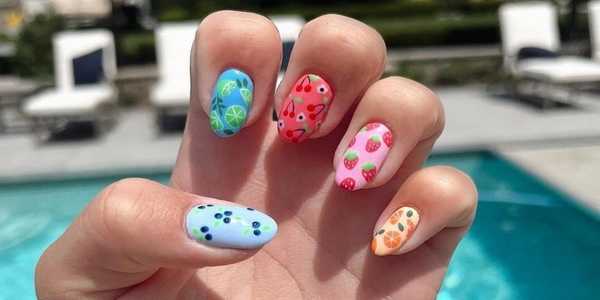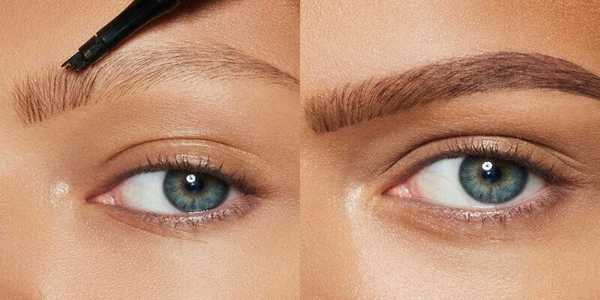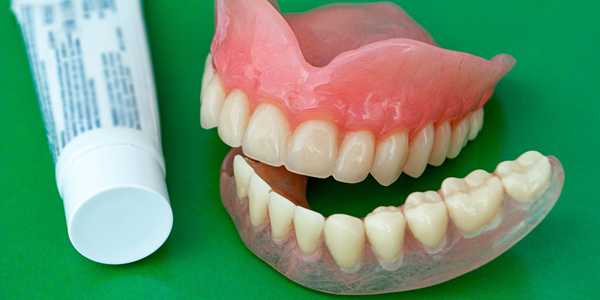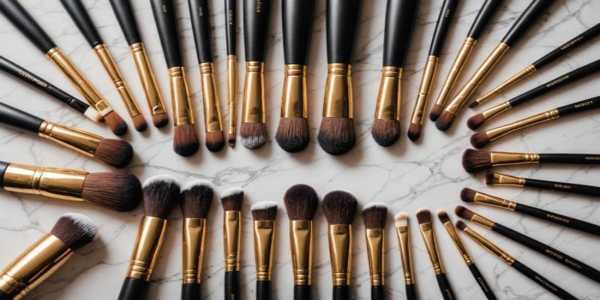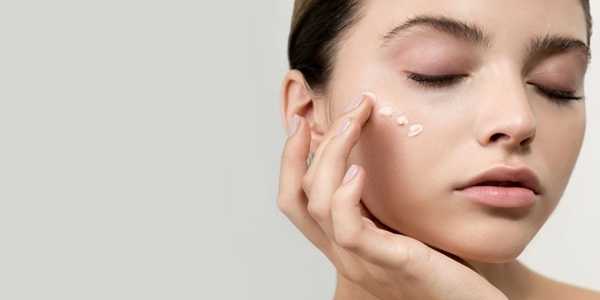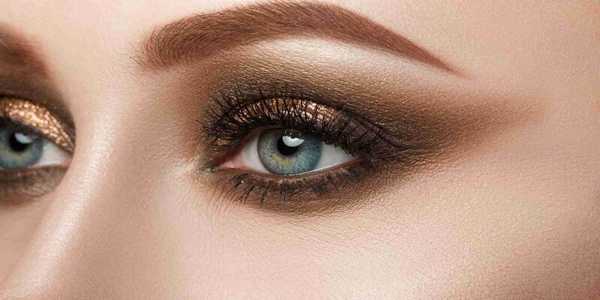Home
Beauty
How To Remove Makeup Without Damaging Your Skin
Makeup is a cherished accessory for countless individuals, allowing them to enhance their beauty and bolster their confidence. However, the removal of makeup is often considered a burdensome task. Properly taking off makeup is crucial—not just as a matter of personal hygiene, but as a necessity to maintain healthy skin. Failing to remove makeup adequately can lead to various skin issues, including clogged pores, breakouts, premature ageing, and irritation. Utilizing improper techniques, such as vigorous scrubbing or using the wrong products, can exacerbate these issues, ultimately compromising the skin's health.
Makeup is a cherished accessory for countless individuals, allowing them to enhance their beauty and bolster their confidence. However, the removal of makeup is often considered a burdensome task. Properly taking off makeup is crucial—not just as a matter of personal hygiene, but as a necessity to maintain healthy skin. Failing to remove makeup adequately can lead to various skin issues, including clogged pores, breakouts, premature ageing, and irritation. Utilizing improper techniques, such as vigorous scrubbing or using the wrong products, can exacerbate these issues, ultimately compromising the skin's health.
This article highlights the importance of adopting safe and effective makeup removal methods. We will examine why gentle techniques are essential in preserving skin integrity and spotlight common mistakes many makeup users make. Furthermore, our advice will be tailored to accommodate different skin types, ensuring everyone can find a suitable approach. From essential tools for your skincare regime to a step-by-step guide for a comprehensive makeup removal process, we will provide pragmatic tips for your skin's health. With the proper practices, you can quickly cleanse your skin while maintaining its natural beauty—let's embark on this journey together!
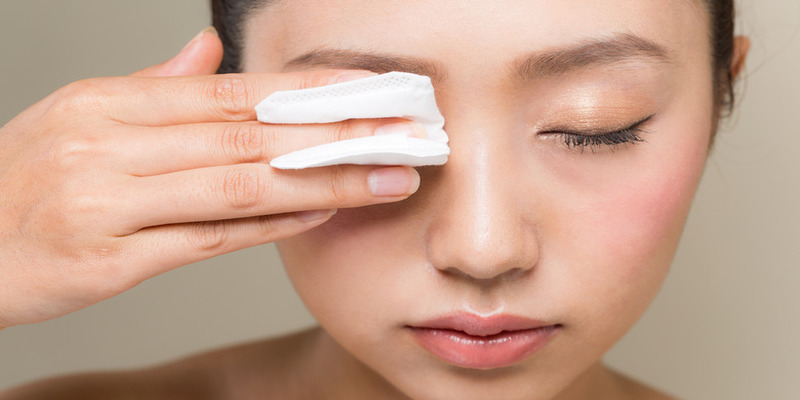
Understanding Your Skin Type
Identifying your skin type is vital in choosing the most effective makeup removal products and methods. Skin can be divided into four primary categories: oily, dry, combination, and sensitive. Each of these skin types exhibits different characteristics and requires tailored care.
Oily Skin
Oily skin exhibits a noticeable shine, especially in the T-zone, which includes the forehead, nose, and chin. This skin type produces excess sebum, leading to potential dirt trapping, which can result in breakouts. For effective makeup removal, choosing oil-free or foaming cleansers that can efficiently eliminate makeup and diminish excess oil without overdrying the skin is advisable.
Dry Skin
Individuals with dry skin may find their complexion tight and might experience flakiness or roughness. This skin type lacks moisture and can be particularly sensitive to harsh products. Thus, creamy cleansers or micellar water are ideal, as they hydrate the skin while gently breaking down makeup. Avoid products with high alcohol levels, as these can aggravate dry areas.
Combination Skin
Combination skin exhibits qualities of both oily and dry types. Typically, the T-zone can be oily, while the cheeks may be more regular or dry. To address this dichotomy, opt for mild cleansers that balance the skin; a bi-phase makeup remover is often particularly effective, ensuring that all makeup is removed without disturbing the natural moisture levels.
Sensitive Skin
Sensitive skin is easily prone to redness, irritation, and adverse reactions to various skincare items. If you have sensitive skin, selecting hypoallergenic and fragrance-free products is best. Gentle wipes or calming cleansers containing soothing ingredients like aloe vera can lift makeup while minimizing irritation.
Determining Your Skin Type
To ascertain your skin type, consider a simple test: cleanse your face, wait an hour, and observe how your skin reacts. If it appears shiny, you likely have oily skin. A tight feeling indicates dryness, while a combination of both suggests a mix. If irritation arises, there's a chance you have sensitive skin.
Adjusting your makeup removal routine according to your skin type allows you to enjoy healthier skin and a more pleasant experience. Understanding your unique skin needs will enable you to choose the most suitable products and techniques, ensuring your skin remains radiant and blemish-free post-removal.
Common Makeup Removal Mistakes
Many individuals unknowingly commit errors during the makeup removal process that can lead to skin damage. Here are some common pitfalls to avoid:
1. Skipping Makeup Remover
A prevalent mistake is neglecting a makeup remover and relying solely on facial cleansers. Some believe a basic wash is sufficient; however, this often leaves traces of products like foundation and mascara behind, leading to clogged pores and breakouts. Instead, a dedicated makeup remover or micellar water beforehand can dissolve makeup more effectively without excessive friction.
2. Using Harsh Products
Another widespread error is choosing abrasive cleansers that strip the skin of essential natural oils. For instance, someone with sensitive skin may opt for an alcohol-based toner in hopes of achieving thorough cleansing; this can easily result in irritation, redness, and conditions like eczema. It’s best to use gentle products tailored to your skin, like oil-based removers for dry skin or foam cleansers for oily skin.
3. Rubbing Too Hard
Many people believe vigorous scrubbing is necessary to remove stubborn makeup adequately. However, this practice can create micro-tears in the skin, hastening the ageing process. A much better technique is gently pressing a cotton pad saturated with makeup remover against the skin to lift makeup away without rubbing it harshly.
4. Neglecting Eye Makeup Removal
A final common blunder is overlooking eye makeup removal. Merely washing the face can lead to puffy, irritated eyes if mascara and eyeliner remain. It is vital to use eye-specific makeup removers that are often formulated to be gentle on the delicate areas of the eyes.
By circumventing these mistakes and adhering to mindful practices, individuals can maintain healthier skin while effectively removing their makeup.
Essential Tools For Safe Makeup Removal
The appropriate tools can significantly influence your skin's health and comfort during makeup removal. Start with a mild cleanser such as micellar water, praised for dissolving makeup without forsaking the skin's natural oils. This no-rinse solution is perfect for sensitive skin types and suits budget-conscious and premium users. Garnier SkinActive Micellar Cleansing Water is highly recommended, as it delivers results without breaking the bank.
An oil cleanser is an exceptional alternative for those who prefer an oil-based method. Burt's Bees Facial Cleansing Oil boasts a natural formula that gently removes all types of makeup, even waterproof ones while nourishing the skin through essential oils. Oil cleansers work wonders for all skin types, effectively dismantling makeup while maintaining critical moisture levels.
Equally vital are the tools you choose. Soft cotton pads are gentle on the skin, and selecting high-quality options enhances your cleansing routine. If you're looking for an eco-friendly approach, consider reusable makeup remover cloths such as those from Moksha or H&M, which can be washed and reused while drastically reducing waste.
While luxury brands may offer outstanding products, you don't need to overspend to achieve effective results. Simple DIY solutions like diluted baby shampoo can gently remove makeup without damaging skin. Even those on a budget can successfully protect their skin during makeup removal. Choosing the ideal tools and cleansers fosters overall skin health and ensures a smooth cleansing experience.
Step-By-Step Guide To Removing Makeup Safely
Makeup removal can—and should—be a gentle operation that preserves your skin's well-being while eliminating every trace of makeup. Follow this detailed, step-by-step guide to remove makeup safely for radiant skin.
Step 1: Preparation
Before commencing, thoroughly wash your hands. Clean hands help you avoid transferring dirt and bacteria to your face. Gather necessary tools, including your chosen makeup remover (either oil or water-based), cotton pads, a clean washcloth, and your usual facial cleanser. These items assembled beforehand will streamline your process, ensuring no steps are overlooked.
Step 2: Selecting The Right Makeup Remover
Picking the correct makeup remover is essential for effective cleansing. The choice depends on your skin type: oil-free makeup removers or micellar waters work best for oily skin, while cream-based or oil-based removers are suited for dry skin, as they hydrate while cleansing. If irritated, always examine product labels for formulations specifically for sensitive skin. This precaution ensures you're not merely removing makeup but also doing so with care for your skin's needs.
Step 3: Gentle Removal Techniques
Start by applying the chosen makeup remover to a cotton pad or washcloth. For eye makeup removal, hold the cotton pad against your closed eyelid for several seconds to allow the remover to soften stubborn products, then gently swipe away. For overall facial makeup, begin at the centre and work outward, using soft circular motions that lift makeup without pulling on the skin. This method minimizes irritation and helps to maintain skin elasticity.
Step 4: Cleansing Your Face
Once the initial makeup removal is completed, clean your face thoroughly. Apply a dime-sized amount of your regular facial cleanser onto damp skin, massaging it in gently for about 30 seconds. This step eliminates any remaining traces of makeup or oils from the remover, prepping your skin for hydration. Rinse with lukewarm water to prevent dryness.
Step 5: Moisturizing
The last step should involve a gentle moisturizer suited for your skin type. This will help restore hydration lost while wearing makeup, keeping your skin supple and vibrant. Make sure the moisturizer is fully absorbed for the best results. Consistent hydration enhances the skin's barrier function, improving overall health and appearance.
This step-by-step guide ensures a safe and effective makeup removal process that protects your skin. Consistency is paramount for achieving optimal results.

Tips For Maintaining Healthy Skin Post-Makeup
Following makeup removal, a dedicated skincare regimen is critical to nurturing and revitalizing your skin. This follow-up routine is key to preventing irritation and sustaining a luminous complexion. Start with a gentle, hydrating cleanser suitable for your skin type. Look for products enriched with soothing elements such as aloe vera or chamomile that can alleviate any irritants introduced during makeup wear.
Next, consider adding a toner—preferably alcohol-free—to help restore your skin’s pH balance. Toning prepares your skin for the improved absorption of subsequent products. Following this, incorporate a nutrient-rich serum targeting your unique concerns, whether hydration or wrinkles. Serums featuring hyaluronic acid can be particularly effective in locking in moisture, while vitamins C and E work to protect your skin.
In addition to these products, applying a nourishing moisturizer is vital. Choose a lightweight, non-comedogenic moisturizer that hydrates without clogging pores. For evening care, using a more decadent cream or overnight mask can enhance hydration and repair during sleep.
Hydration extends beyond skincare routines; adequate daily water intake is crucial for skin suppleness. A well-balanced diet rich in fruits, vegetables, and healthy fats can also significantly improve your skin health. Foods like avocados, nuts, and berries provide nutrients that support skin elasticity and clarity.
Ultimately, the path to radiant skin lies in a commitment to a post-makeup care regimen that prioritizes hydration and nourishment, enhancing beauty and well-being.
Conclusion
In light of our discussions, gentle makeup removal stands paramount in preserving skin health and preventing long-term damage. We've examined effective techniques and tools for various skin types, revealing the indispensable nature of never neglecting this crucial step in your beauty routine. By incorporating these gentle methods into your regimen, you can bestow care on your skin, enhancing your overall complexion.
